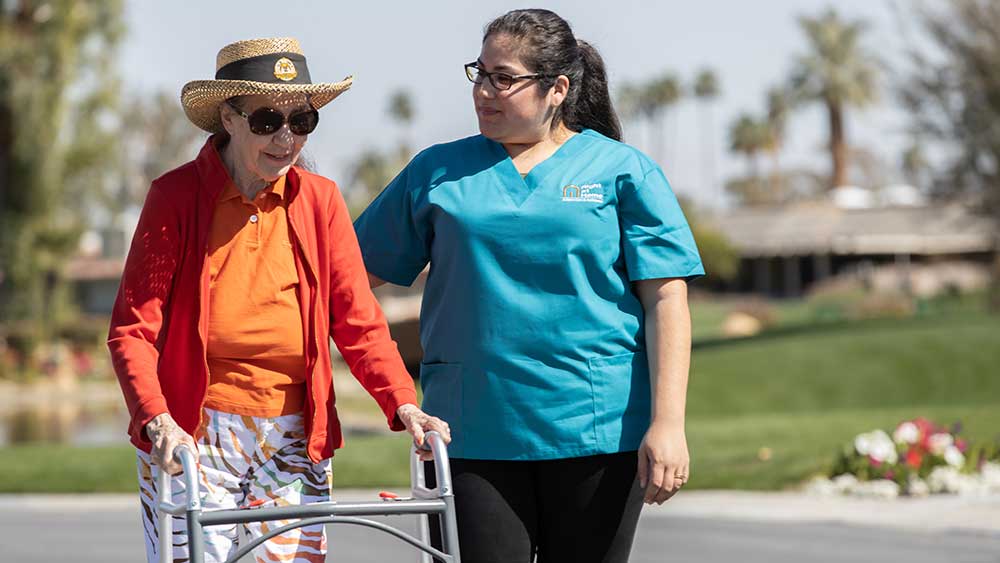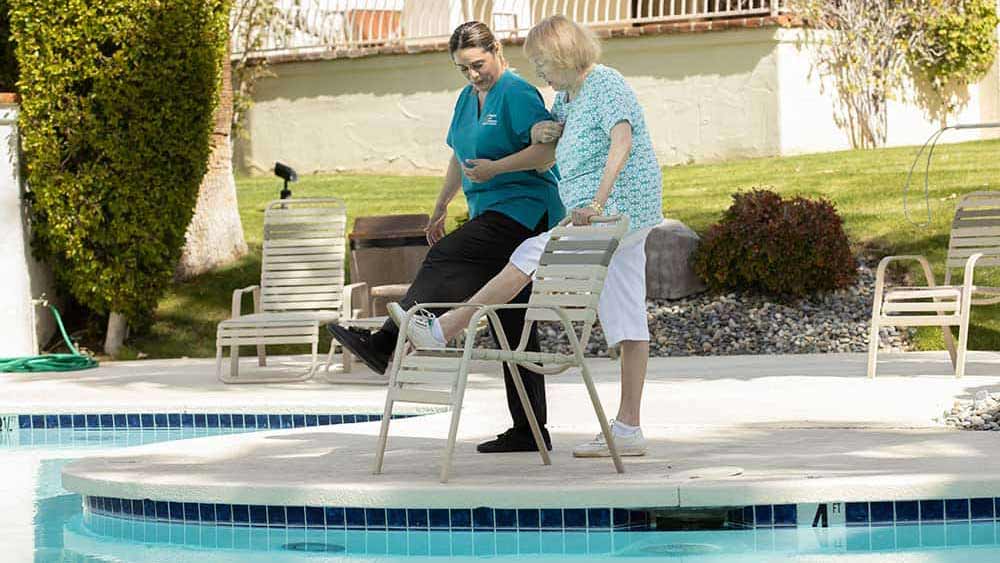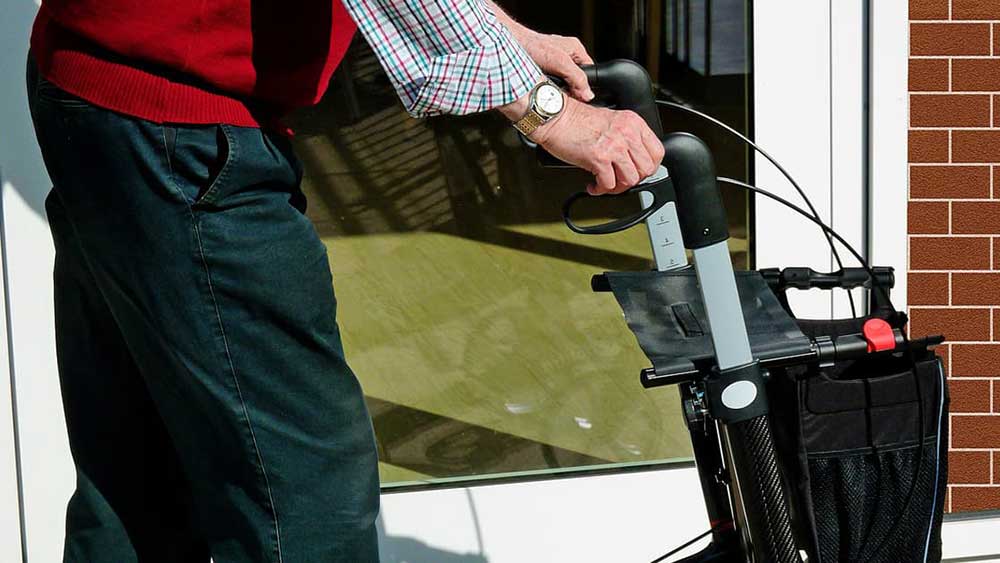

Safe and Sound: Essential Home Safety Tips for Aging Parents
Home should never be less than a safe sanctuary. And for the elderly, it is important to be proactive in identifying hazards and needed safety modifications to reduce the risk of a fall. Making safety improvements to existing structures, especially older homes, can be costly. With most seniors preferring to age in place, an increasing number of homeowners face this dilemma. But finding the time and resources to make needed changes now can potentially save money and distress down the line. Here are some tips to consider.
Elderly Home Safety DIY Improvements
Some changes required to make a home more accommodating to a senior can be accomplished on a DIY basis by following product instructions or watching how-to YouTube videos. Common changes many homeowners can manage themselves include:
- Applying nonslip wax to floors.
- Placing a waterproof seat or chair in the shower.
- Installing nonskid treads on all steps.
- Replacing standard doorknobs with lever handles.
- Changing out standard-height toilets with comfort-height toilets.
- Installing rubber-backed bathmats.
Senior Home Safety Tips
Trips and falls in the home account for the vast majority of senior injuries each year, with some falls even leading to death. Some easy preventive fixes include:
- Removing throw rugs from any room or space.
- Clearing all floors and stairs of clutter, such as books, magazines, vases, pots, devices and toys.
- Adding lights or enhancing lighting schemes.
- Securing all electrical cords away from foot traffic.
- Keeping pets in defined spaces or kennels.
- Keeping rooms or spaces with stairs or other hazards blocked or locked.
- Placing bright warning tape wherever one surface ends and a new one begins to prevent a tripping accident.
Elderly Home Safety Technology Solutions
Everyone laughs at the “I’ve fallen and I can’t get up” commercials, except those who’ve actually suffered a fall and couldn’t get up to call for help. That’s why any home with senior occupants needs a button- or voice-activated emergency response system.
If there’s a risk of a senior with dementia wandering off, prioritize installing a home security and monitoring system with full coverage of the home’s interior and exterior. This is to prevent a cognitively impaired loved one from leaving the premises, or if they do, to alert family and friends that they have left.
Smart home devices, such as a voice-activated assistant or a doorbell camera, can help increase an older adult’s sense of safety. They can see and confirm who is at the door before risking injury. Some devices also allow the older adult to unlock the door remotely if it is an expected visitor.
When To Pay a Pro for Home Modifications
Other pricy, complex fixes require a professional contractor to execute. If modifications are needed to create a first-floor bedroom and full bathroom, it pays to have it done right. The same consideration should be given for:
- Installing grab bars to the tub/shower surround.
- Altering the tub/shower to allow walk-in versus step-over entry.
- Creating zero-threshold entryways.
- Moving light switches for easy reach from a wheelchair or bed.
- Widening doorways and hallways.
- Adding an accessibility ramp for a senior who uses a wheelchair.
Resources for Home Safety Modifications
Retrofits can be costly, though local or state grant programs for low-income seniors may be available for things like grab bars or other medically prescribed improvements. Medicare doesn’t usually cover retrofits, but a Medicare Advantage plan might.
Low-interest home improvement loans are another option for low-income, inner-city, or rural homeowners. You can contact your local city or county government office to find out more.
Many state governments and agencies of the federal government have programs that help seniors with home modifications. You can contact your local Department of Housing and Urban Development for more information. In addition, many states have assistance programs, sometimes referred to as “nursing home diversion” programs. As the name implies, the purpose of these programs is to prevent or delay nursing home placement. They may be able to offer financial assistance and other services to help the elderly remain living at home. Some of these programs include home modifications as a benefit.
How Right at Home Can Help
If a senior’s needs make living alone impractical or unsafe, consider hiring a professional caregiving company such as Right at Home. Our caregivers are insured/bonded and trained to provide light housekeeping, meal assistance, and help with hygiene, among other services. They can also help by being an extra set of “eyes and ears” in the home. Find out more by contacting the office nearest you. You can get more practical tips by downloading our Aging-in-Place Guide or Fall Prevention Guide.







